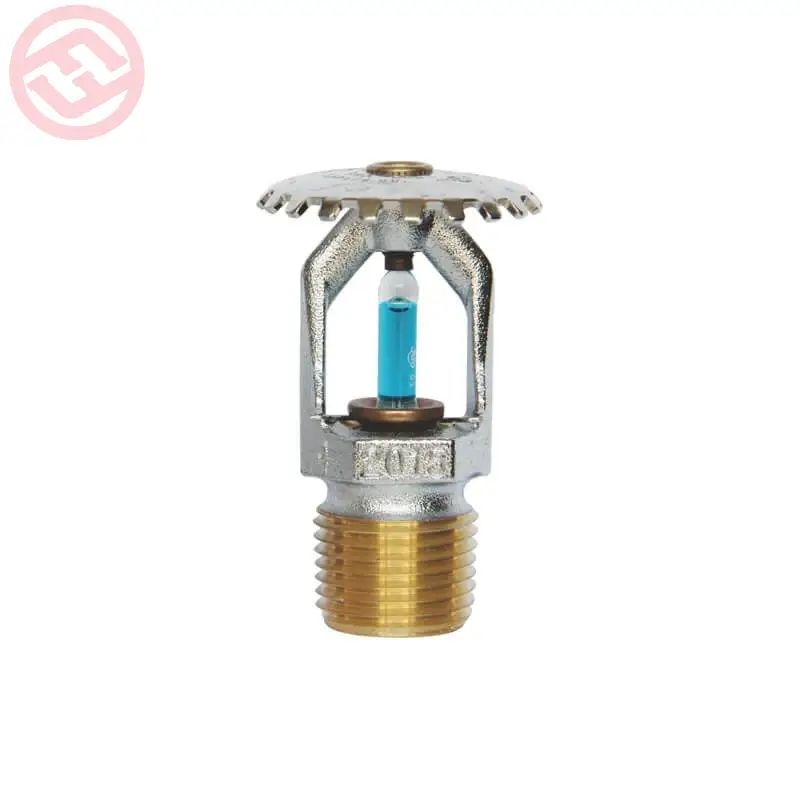Fire hydrants play a crucial role in firefighting systems, providing quick and reliable access to water. One essential component of fire hydrants is the pipe fittings that connect them to water supply lines and firefighting equipment. These fittings come in various sizes and specifications to meet diverse requirements. Understanding the sizing and compatibility of fire hydrant pipe fittings is key to ensuring an efficient and secure water delivery system.
Fire hydrant pipe fittings are available in different sizes, typically measured in inches. These sizes are critical for compatibility with hoses, valves, and other components. Below are some standard sizes:
2.5 Inches
The most common size for fire hydrant outlets in the United States.
Compatible with most fire hoses used in municipal firefighting.
4 Inches and 5 Inches
Often referred to as "steamer" connections, these are large outlets designed for high-volume water flow.
Common in urban and industrial areas where higher water pressure is required.
1.5 Inches
Typically used for secondary outlets or smaller hydrants.
Ideal for smaller-scale firefighting operations and private property systems.
Custom Sizes
Depending on regional standards and specific applications, custom sizes are also available. These are more common in non-standard installations or specialized industries.
To ensure compatibility, fire hydrant pipe fittings follow specific thread standards. The two most common are:
NST (National Standard Thread)
Also known as NH (National Hose) threads, widely used in the U.S.
Designed for reliable and easy connections.
BSP (British Standard Pipe) and NPT (National Pipe Thread)
Common for international markets and specific regions like Europe and Asia.
BSPT and NPT fittings often require adaptors when used interchangeably.
Specialized Threads
Some municipalities and industries use unique thread patterns for added security and control.

When selecting fire hydrant pipe fittings, it's essential to consider the following factors:
Application
Determine if the fittings are for municipal systems, industrial setups, or private properties.
Material
Most fittings are made from durable materials like ductile iron, brass, or stainless steel to resist corrosion and handle high pressure.
Flow Requirements
Larger fittings, such as 4-inch or 5-inch connections, are needed for high-flow applications.
Regional Standards
Ensure the fittings meet local fire code regulations and thread compatibility.
Fire hydrant pipe fittings are used in various applications beyond just firefighting:
Municipal Water Systems
Connecting hydrants to main water supply lines.
Industrial Facilities
Providing high-capacity water flow for manufacturing and safety systems.
Construction Sites
Temporary fire protection during building projects.
Agricultural Use
Delivering water for irrigation or emergency fire control.
Understanding the sizes and specifications of fire hydrant pipe fittings is vital for ensuring reliable and efficient water delivery during emergencies. By selecting the appropriate size, thread type, and material, you can enhance the performance and safety of fire hydrant systems. Whether for municipal use or industrial applications, fire hydrant pipe fittings are a critical component of fire protection infrastructure.
Previous: What kind of insulation should be used inside a sawtooth greenhouse?
Next: How do personalized pin badges materials perform under heavy usage?
Copyright:@2020-2021
Comments Please sign in or sign up to post.
0
0 of 500 characters used